In this episode, I discuss some ways to maximize carryover in speech therapy. While there is certainly no one-size-fits-all approach, there are some different techniques and strategies you can incorporate into your sessions to see what works best for you and your students.
If you’re looking for the free handout that was mentioned, you can click here or below in the links and resources section.
Links and Resources
- Digital SLP Membership
- FREE Handout for students to understand the “why” behind their speech goals
- Claudia Doan’s CEU Course via NSS
Full Transcript of Podcast: How to Promote Carryover in Speech Therapy
Episode 33 - How to Promote Carryover in Speech Therapy
You're listening to the Speech Space Podcast, a podcast full of tips and resources for SLPs. I'm your host, Jessica Cassity, and this is Episode 33.
Hey there, SLP friends! Thank you so much for tuning in today as I talk about carryover. Now, before we get started, I did want to take a brief moment to let you know that this podcast is brought to you by The Digital SLP membership site, which is a site that features no-print and low-prep resources for SLPs in addition to a growing library of videos that help to summarize evidence and provide you with information to help make your job easier as an SLP. To learn more about the Digital SLP membership, please head on over to thedigitalslp.com/digitalslp.
Okay, so let's go ahead and dive in as we talk about four ways to promote carryover in speech therapy. So, suggestion number one is to make sure that your students understand the "why" behind their speech or language goal. Now in the past I've worked with students who knew that they were coming to speech therapy to work on their speech or their language, but they didn't know why they were actually coming. Especially when it comes to language difficulties, I feel like it's hard for a student to be motivated to master a certain skill without understanding the "why" behind it. Of course, you wanna make sure that your student is old enough to understand the "why" behind a task when it's explained to them. You know, you don't wanna be explaining this to the super little guys where it's just gonna go over their head or confuse them. But as students get older, they definitely need to know why they're coming. Now at the beginning of the year, what I like to do is to have students fill out a sheet of paper that asks them what their goal is and states why it is important, how it's functional. Now, in case you don't have something like that, I've created a really simple handout for you to do the same thing. You can just print it out and give it to your students so they know the "why" behind their goal. And it also has a spot where they can rate why the goal... not only why they're working on it, but what it's important for in real life. And then there's a spot at the bottom where they can rate their current level of functioning in regards to their goal. I don't wanna divert your attention with that link now, so I'm going to leave that in the show notes and I'll also provide it at the end of the episode.
Number two is to encourage self-monitoring. Now self-monitoring is a necessary step for achieving carryover. To encourage self-monitoring, you can work on this in the speech room by having students chart their progress or rate the accuracy of their performance. Now, when I say rank or rate, I don't mean to say that was good or that was bad. I like to stray away from using the words good or bad when assessing performance because I really do feel like they can be associated with negative feelings or a sense of shame. So I'd like to suggest keeping that in mind whenever you're choosing your method for self-monitoring. I like to use verbiage like, "let's try again," or "that one needs a little bit more work." I'd also like to mention here that educating our students that it's okay not to be perfect is an important thing too. Well, I think it's an important skill regardless. But I do feel like, especially when it comes to our students who stutter and some can be really sensitive about their articulation difficulties as well, understandably so. And I think that it's important for us to be sensitive to that and aware and to let our students know that it's okay if you don't use your speech strategies all the time or if you don't master a certain skill at a hundred percent accuracy, 100% of the time. So I just wanted to throw that out there. You know, incorporating a growth mindset into your speech room can also be really helpful with this and kind of explaining to your students this concept.
Number three is to make it meaningful. Now my friend Claudia from Creative Speech Lab has a great continuing education course that is all about improving and promoting generalization. And that is through Northern Speech Services and I will link to that course in the show notes. So make sure that you check there for the link, but one of the things that she discusses is making activities memorable. Now I love this idea and I think it's a really great way to help a student remember what's been worked on in the speech room. So instead of giving your student a worksheet or instructing them on what they should be doing for that session, consider letting them take the lead or perhaps creating a hands-on experience that they're sure to remember. Now you might be wondering what a meaningful experience looks like. So maybe it's something like going on a nature hike and letting your student find items that start with their speech sound, or maybe it's helping them to assemble a journal that they used to retell the events of a recent school field trip. The sky is really the limit here whenever it comes to using memorable and creative activities.
Number four is to send activities home. And now notice that I said activities and not homework. Students generally don't want or need more homework and parents probably aren't too fond of that idea either. Of course, there's always an exception to the rule, but generally speaking, it's not usually something that anyone is begging for. However, if you can keep it fun or provide activities that can be done by families on the go, then that is generally appreciated by both the students and the parents. And I find that providing ideas for parents to work on in the car is actually something that could be really useful. So, for example, say a student is working on wh-questions, you can give recommendations to the parent to ask wh-questions about the surroundings at each stop sign or each stoplight. So that might look like, you know, every time they come to a stop sign or a stoplight, the parent would ask, maybe something like, "Where do you think that bus is going?" Or "Why do we stop at the stop sign?" Or "Who is that walking that dog?" Of course, you can modify this activity to address a variety of goals, but that's just one example that I wanted to show.
So, like I mentioned, at the beginning of the show, I did create a handout that your students can use to help understand the "why" behind their speech and language goals. And you can grab this handout at bit.ly/carryoverinspeech. And you're just gonna wanna make sure that you scroll down to the bottom of that page and you'll see the link in the resources section, and you'll just click right there, and it'll take you right to where you can get the worksheet. Again, that is bit.ly/carryoverinspeech. I hope that you guys enjoyed listening today and that you found these tips to be helpful. Also, if you did find this episode to be helpful, please take a second to give this show a five-star review on iTunes to help your fellow SLPs find this show as well. All right, that is it for me for today, and I hope that you guys have a great rest of the week.


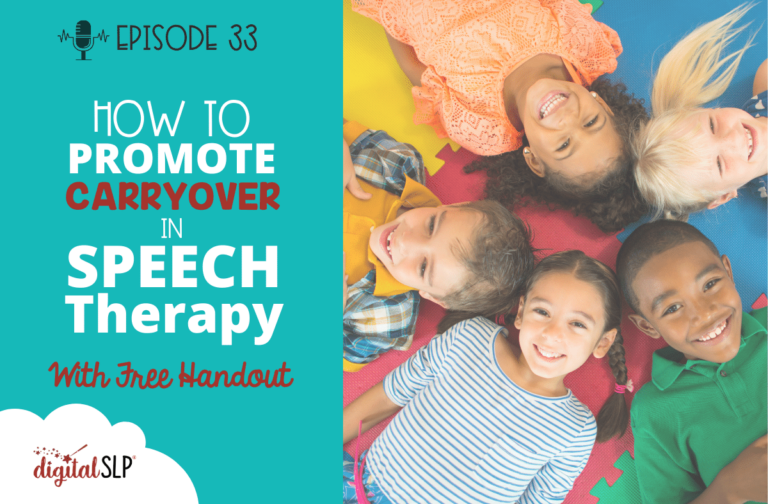



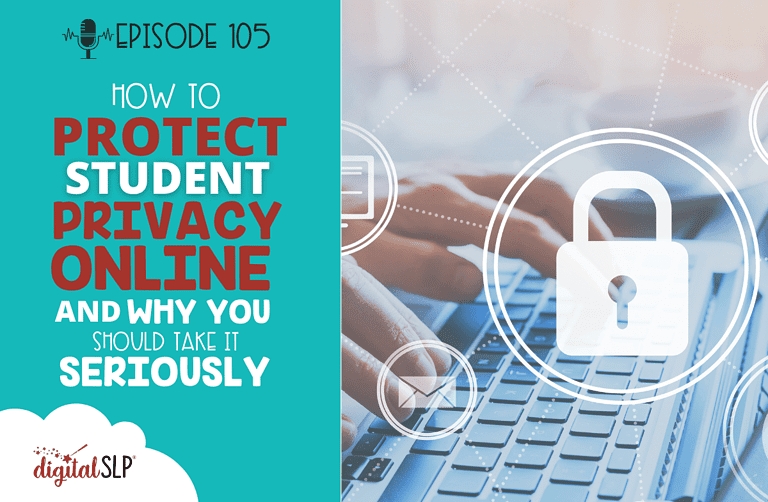
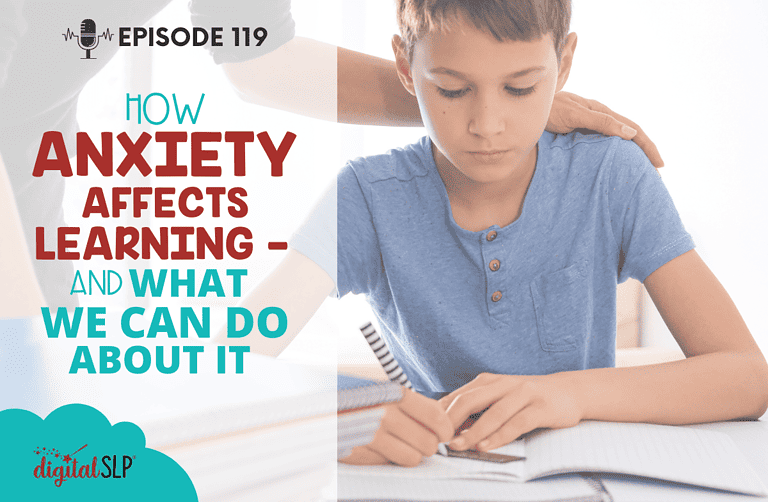
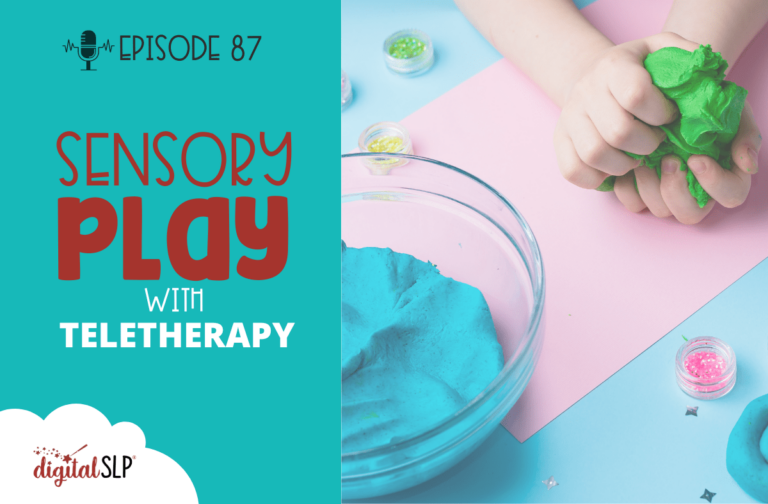
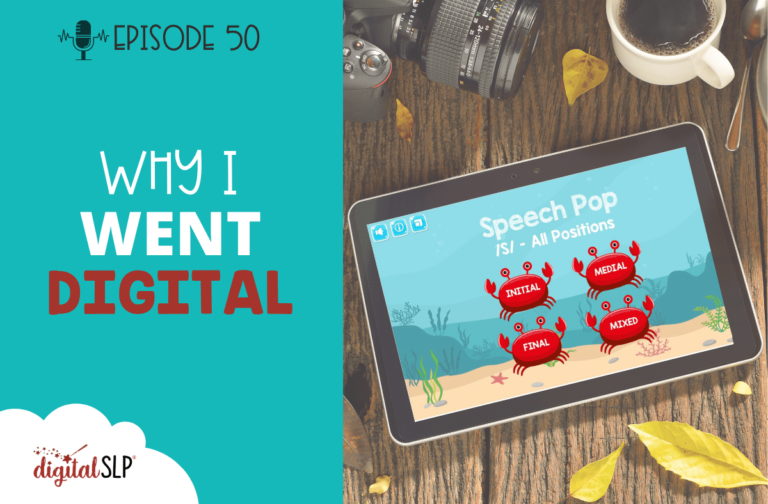

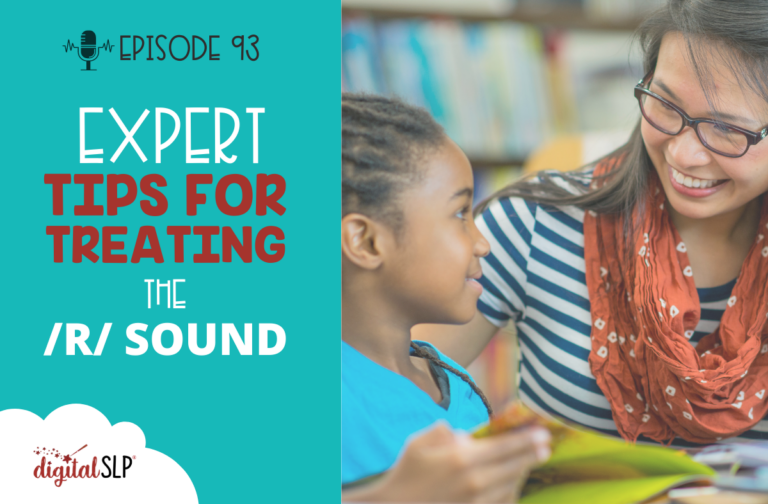

Recent Comments